Teenage Phone Addiction: How to Detox a Teenager from Phones?
Teenage phone addiction is becoming an increasingly worrisome issue for parents. In France, a study revealed that children and teenagers aged 3 to 17 spend an average of three hours a day on their smartphones. For 23% of 15-17-year-olds, this figure can reach over seven hours per day.
This insidious dependence is not without its consequences. Numerous studies have shown the harmful effects of screen addiction on the mental and physical health of teens. This phenomenon particularly affects the development of their brains, especially their attention span and concentration abilities—skills that are crucial for academic success.
Part 1: Signs of Screen Addiction in Teens
Teenage screen addiction manifests through a series of often overlooked symptoms. Individually, these signs may seem harmless, but when combined, they reveal a real danger that should not be taken lightly.
Among the most common signs, sleep and concentration issues are frequently observed. The blue light emitted from screens disrupts the circadian rhythm, thereby affecting the production of melatonin, the sleep hormone.
Furthermore, hyper-connected teens often exhibit persistent irritability due to the need to conform to virtual societal "norms." This constant desire to fit in creates stress, which can even lead to long-term anxiety.

The allure of screens can also divert teenagers from their schoolwork, hobbies, and social interactions. They withdraw, avoid social interactions, and miss out on a balanced social life.
Another evident symptom is the constant need to check their phone. Even in dangerous situations or inappropriate places, addicted teens feel the urge, or even the necessity, to interact with their smartphone. This behavior clearly indicates a loss of control and a strong dependence on screens.
Finally, the presence of visible clinical symptoms of cyberaddiction and negative mental and physical health consequences confirm the urgency of addressing this issue. These include headaches, weight gain caused by inactivity, fatigue, vision problems, and more.
In any case, recognizing these warning signs is the first step in helping a child or teenager overcome screen addiction. The severity of the symptoms will determine the necessary measures for effective detox.
Part 2: The Dangers of Smartphones for Teens
While smartphones are particularly useful tools, they can also pose significant dangers. In fact, teenage phone addiction can even become a threat to their health and personal development.
A Negative Impact on Mental Health
Phone addiction in teens can lead to sleep disorders, often resulting in chronic fatigue. Constant connection increases the risk of exposure to anxiety-inducing and inappropriate content for young people. Anxiety, depression, and cyberbullying are just some of the dangers they face on the internet.
Significant Physical Consequences
The sedentary lifestyle imposed by improper use of mobile phones can also have repercussions on physical health. The decrease in physical activity and the time spent sitting promote the onset of vision problems, muscular and joint issues, and even obesity.
A Barrier to Social Development
Mobile phone addiction has a negative impact on the social life of adolescents. Isolation behind a screen hinders the development of healthy relationships, thus depriving them of interactions that are essential for their personal growth.
An Obstacle to Academic Success
Finally, excessive use of mobile phones disrupts young people's concentration and motivation, harms their academic performance, and in the most severe cases, leads to academic failure.
For all these reasons, it is essential to raise awareness among young people about the dangers of mobile phones and encourage them to adopt responsible usage. Awareness of the risks associated with this activity also helps to better protect them so that they can fully enjoy their lives.
Part 3: How to Detox an Adolescent from Screens?
Confirming a child's addiction to mobile phones must be followed by concrete action to help them break free from this dependence. The first step, and perhaps the most important, is to establish an open and non-judgmental dialogue.
Compassionate Communication
Express your concerns kindly regarding the situation, especially mobile phone addiction in young people. Explain to the adolescent the potential dangers associated with this habit using concrete facts. Above all, avoid accusations and reproaches, as this could make them defensive and less receptive. The goal is to make the teen aware and encourage them to reflect on their habits. Encourage them to express themselves as well, share their feelings, and listen carefully to their needs.
The detox process should never be abrupt but should respect the individual's pace. Feel free to suggest alternatives such as sports, cultural, artistic, or manual activities. If necessary, maximize family outings to help the child think of other things and take pleasure in stimulating activities. However, the most important thing is to be there to support the adolescent throughout the process.
AirDroid Parental Control: A Valuable Tool for Supporting Detox
AirDroid Parental Control is a comprehensive, effective, and easy-to-use parental control application. It not only allows monitoring but also helps manage and control children's and teenagers' activities to ensure a safe and healthy environment.
This application can be used alongside dialogue to limit screen time in young people. The Teen Phone Control function of AirDroid Parental Control – Screen Time can be activated to reduce the time your children spend on smartphones.
How to Limit Screen Time to Detox an Adolescent from Screens?
Step 1: Download the AirDroid Parental Control app on your phone. Create an AirDroid account on your device.
Step 2: Download and install AirDroid Kids on your child's phone, then connect the two devices.
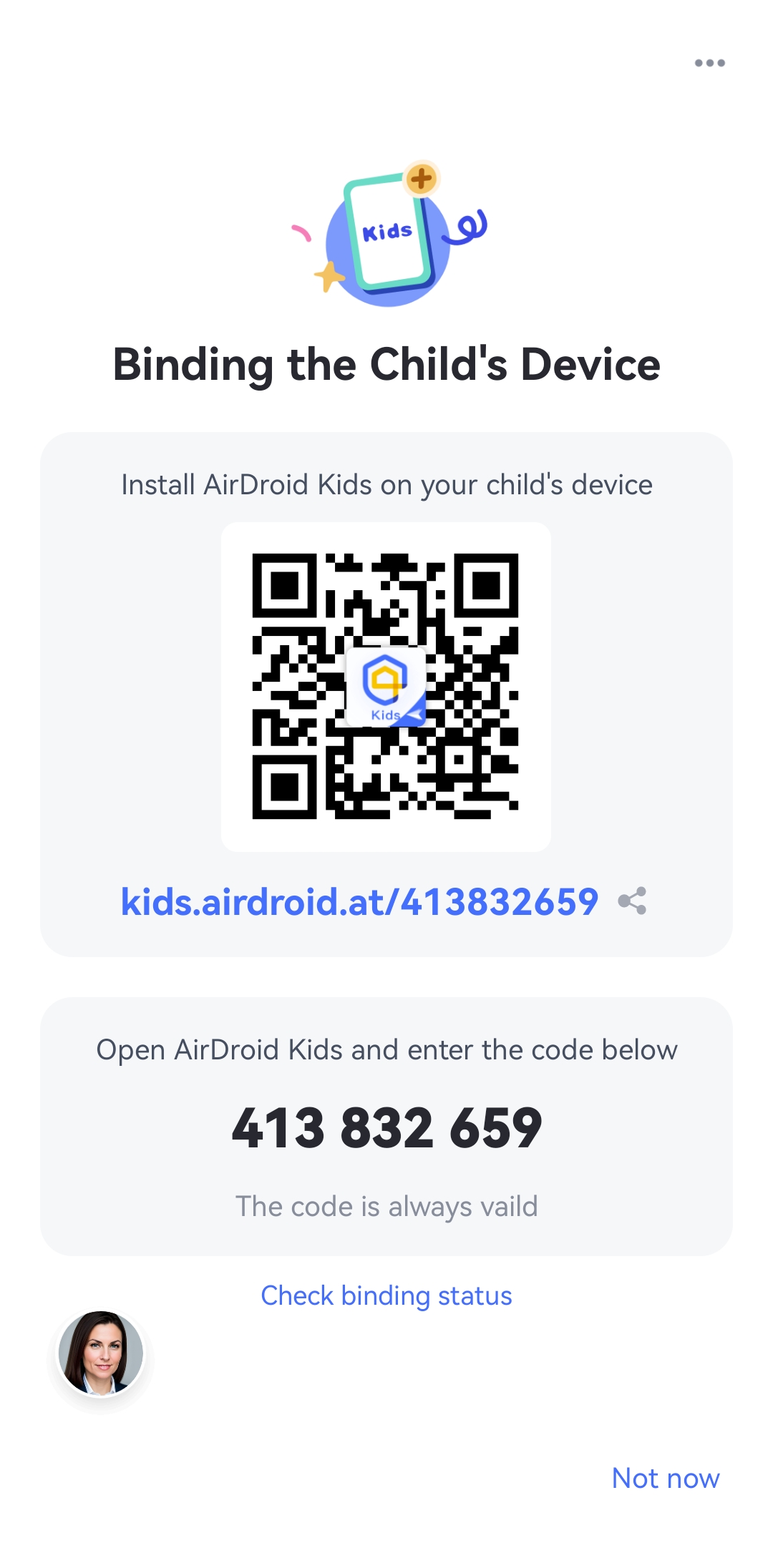
Step 3: On the dashboard, click on "Today's Events," then scroll down and click on "Screen Time Limits."
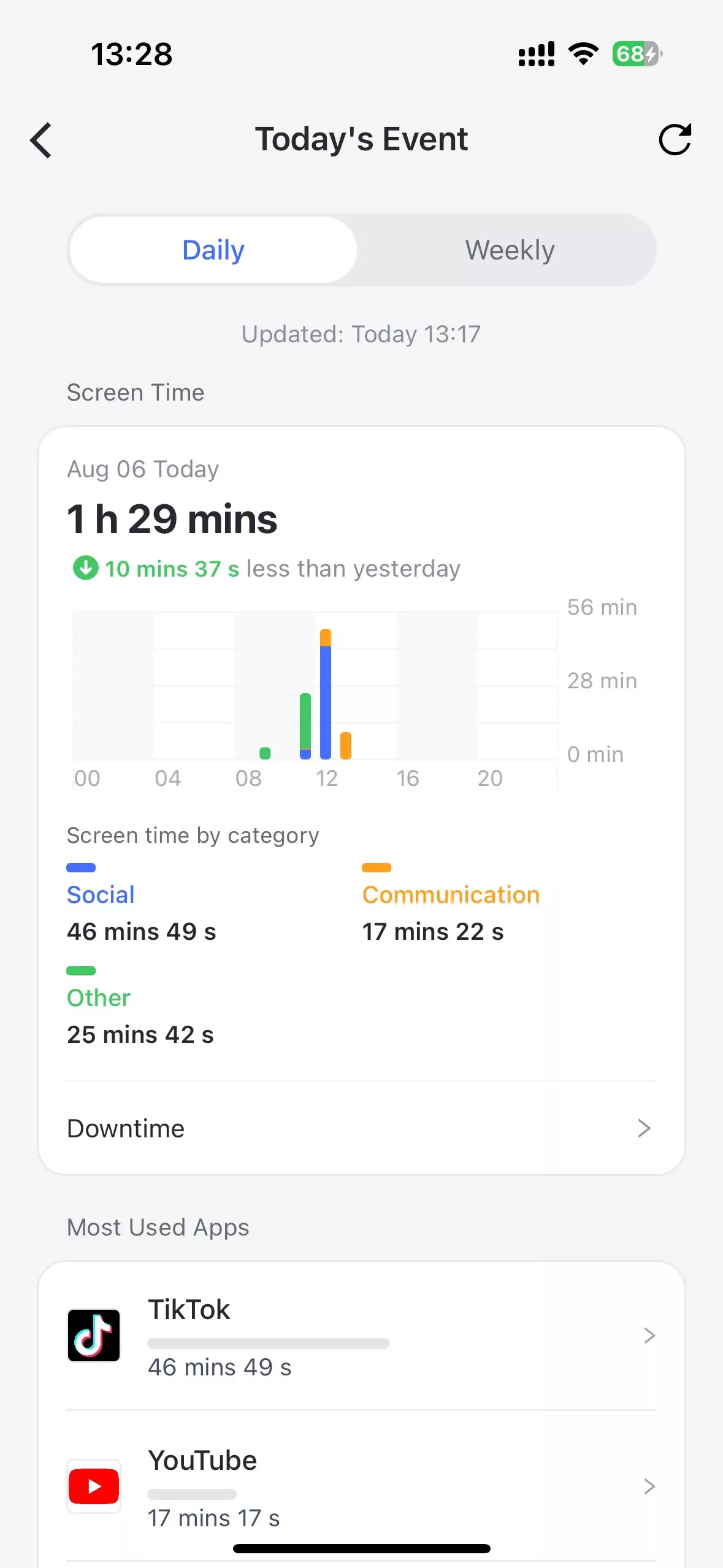
Step 4: Tap the "Add Limits" button and select the option that meets your needs from the available options.
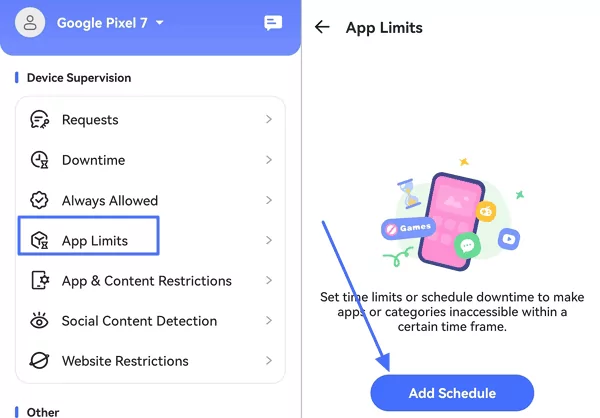
In addition to managing screen exposure, the AirDroid app also offers the option to set usage limits for certain applications. To use this option, here are the steps to follow:
Step 1: Go to the "Usage Limits" section, then to "App Time Limit."
Step 2: Select "Add Limits." Search for the app you want to manage in the list, then click "Next."
Step 3: Apply your chosen settings by clicking on "Available Time Limits" or "Duration Limits."
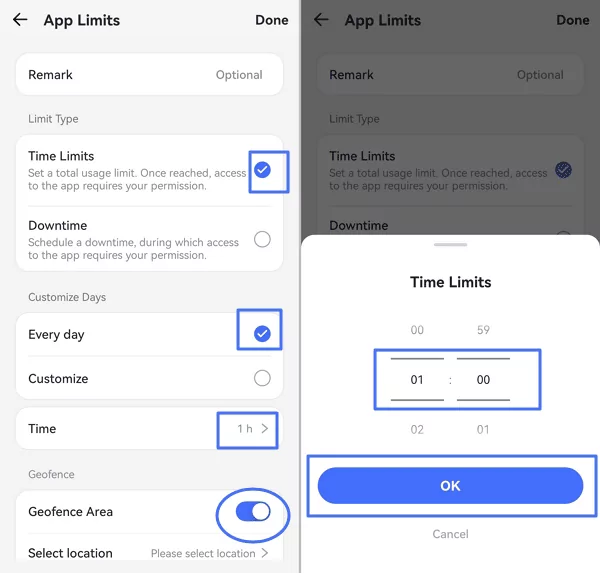
Once this limit mode is set, you can apply it directly according to the use case.
Conclusion
Screen addiction is a common problem affecting many adolescents in France, but there are solutions. Communication remains the cornerstone of any support approach. This involves not only expressing yourself and raising awareness but also listening. Offering interesting alternative solutions is equally important to encourage your child to explore other avenues for personal growth. Furthermore, promoting social interactions and strengthening family (or friendly) bonds can help them thrive in a stable environment away from screens.
Parental control tools like AirDroid can also provide valuable assistance in this process. They notably allow for setting limits and supporting the adolescent in their detox journey.
Above all, the support and encouragement of parents are essential to help the child break free from this addiction. Remember to value and celebrate each step taken, even the smallest ones, to encourage and motivate the child in their ongoing struggle!
If you need help, advice, or if you feel unable to manage the situation alone, don’t hesitate to talk to professionals.



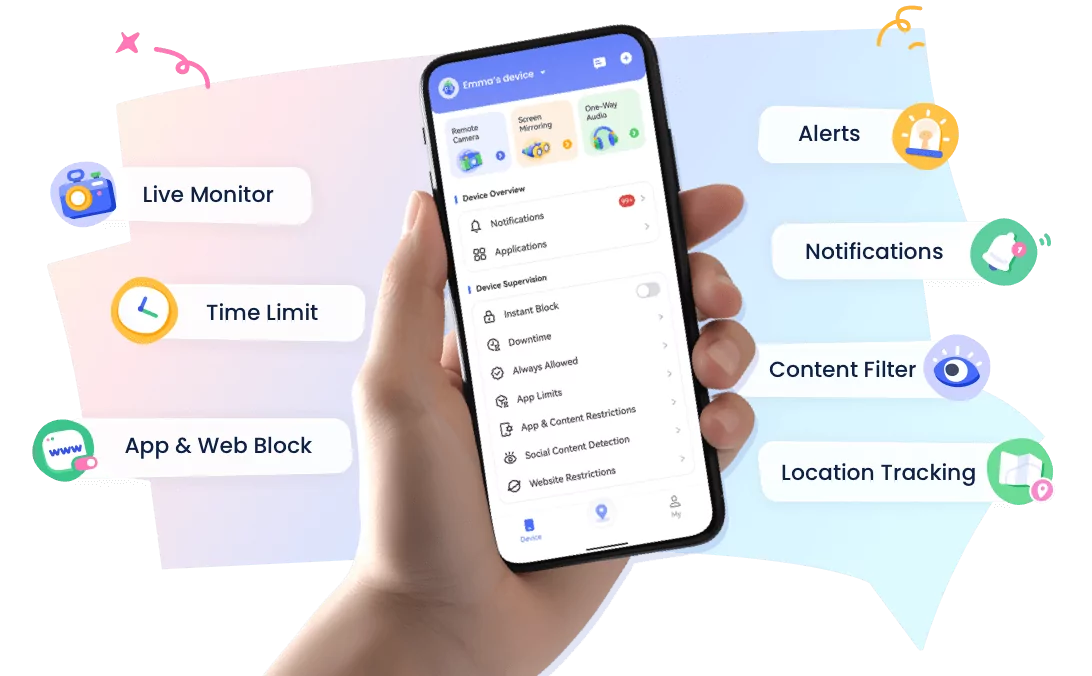









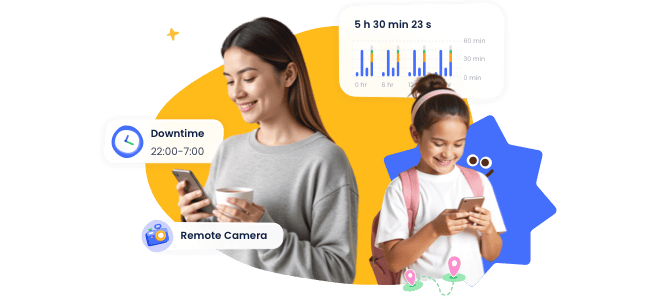
Leave a Reply.